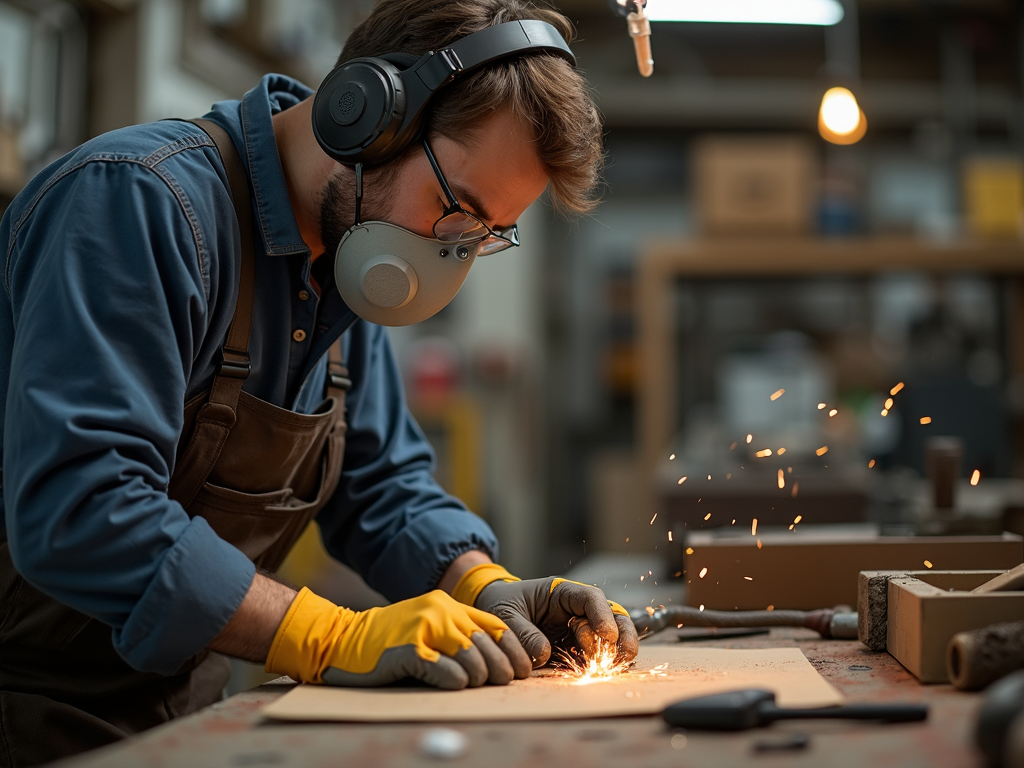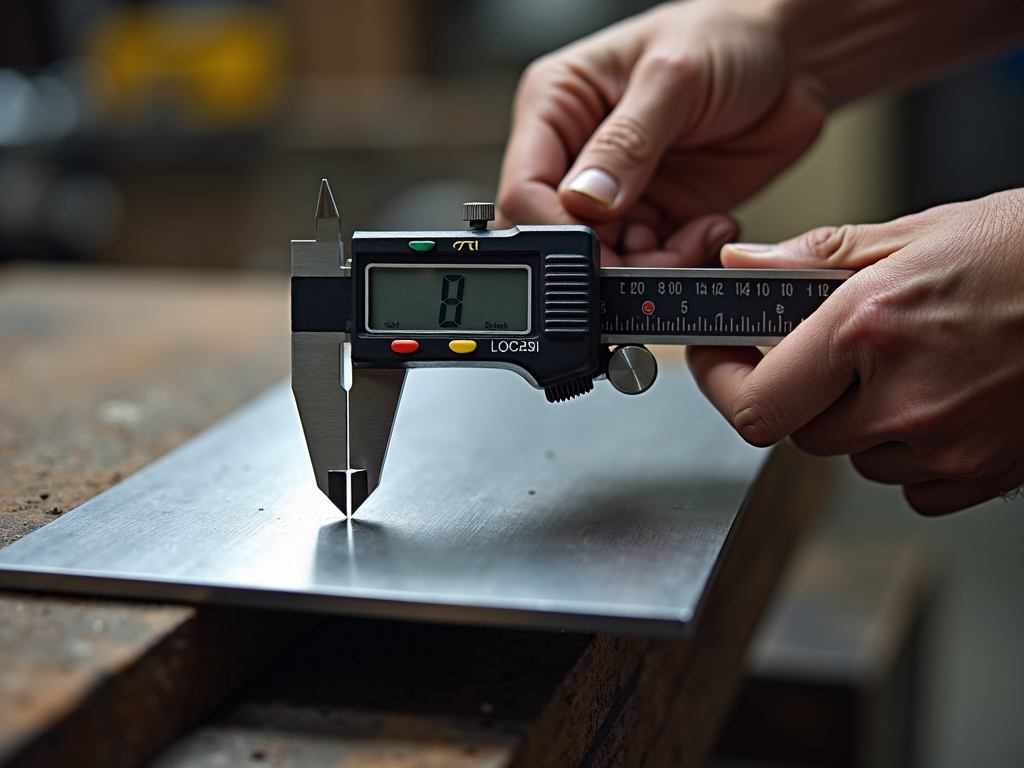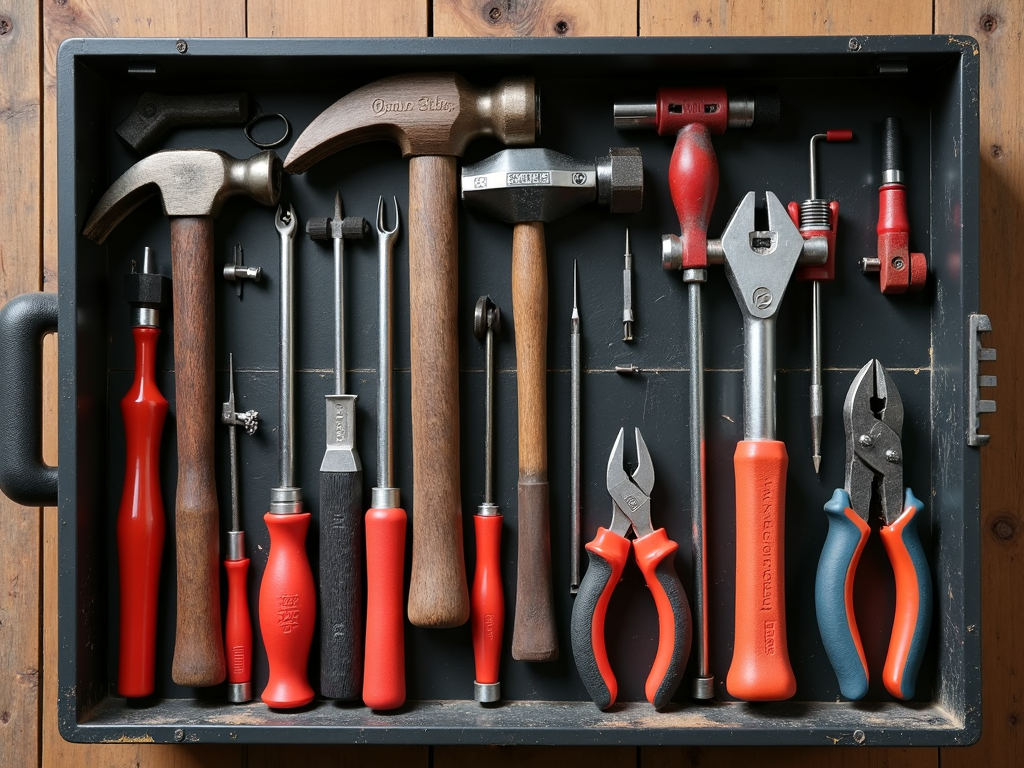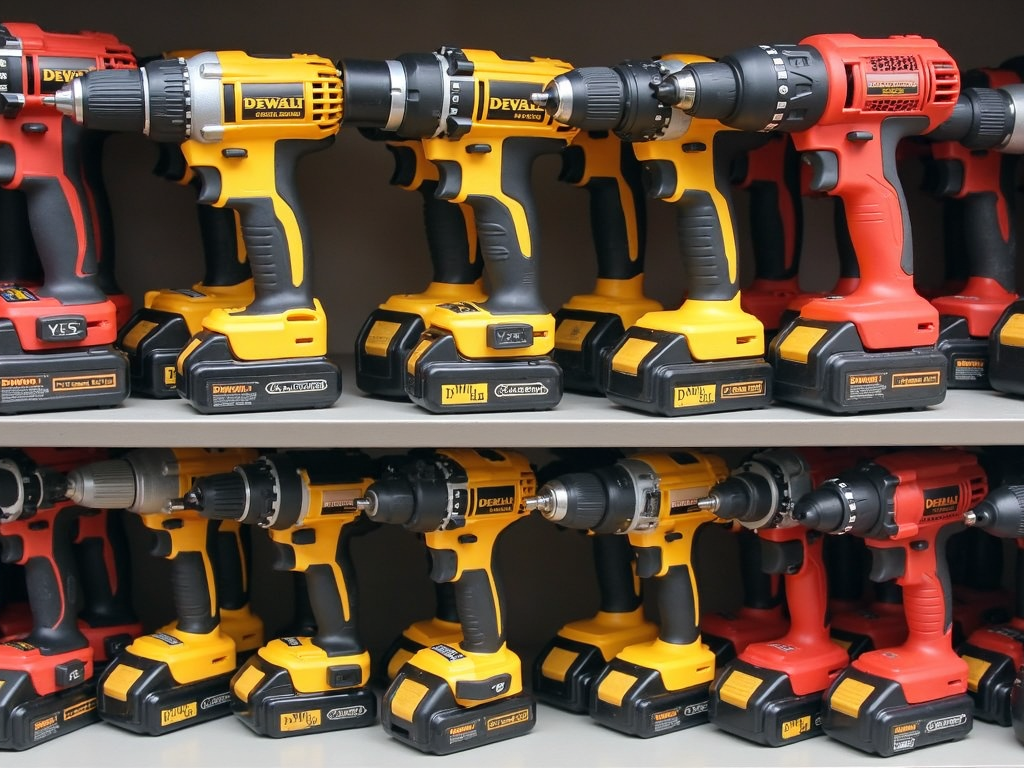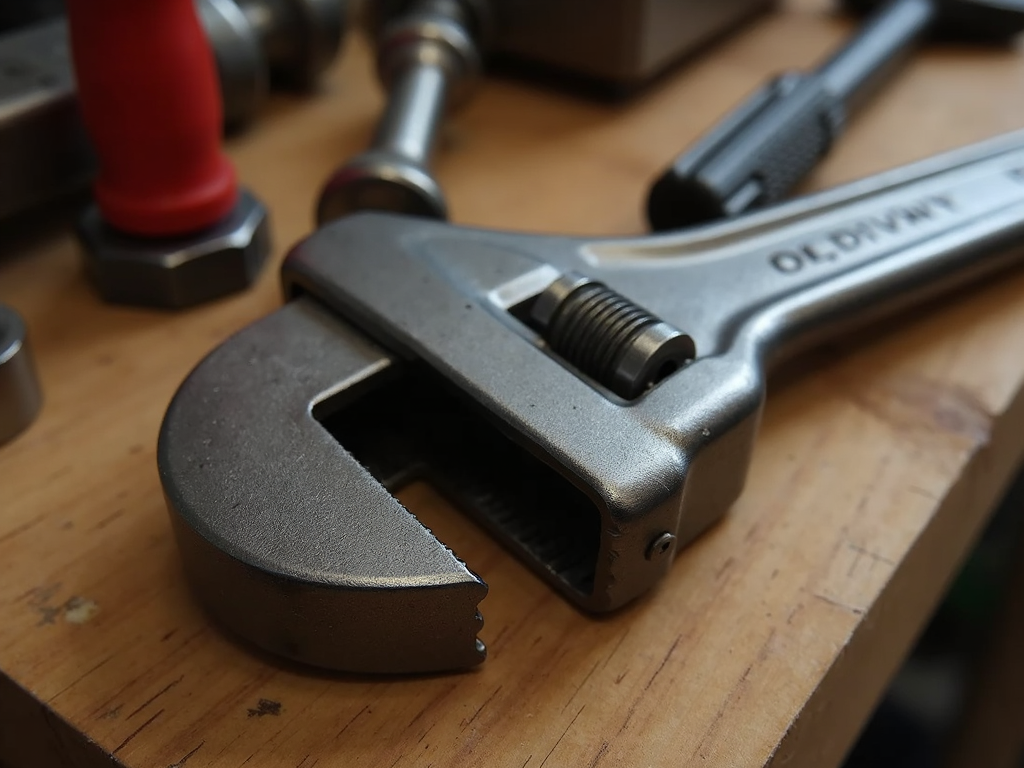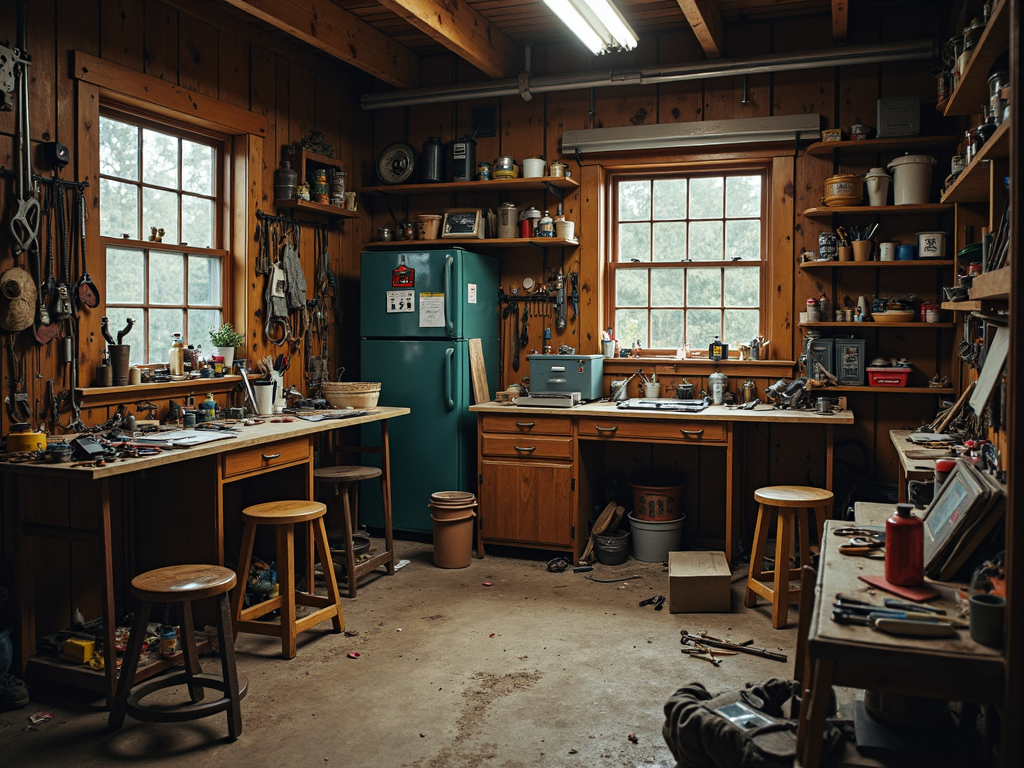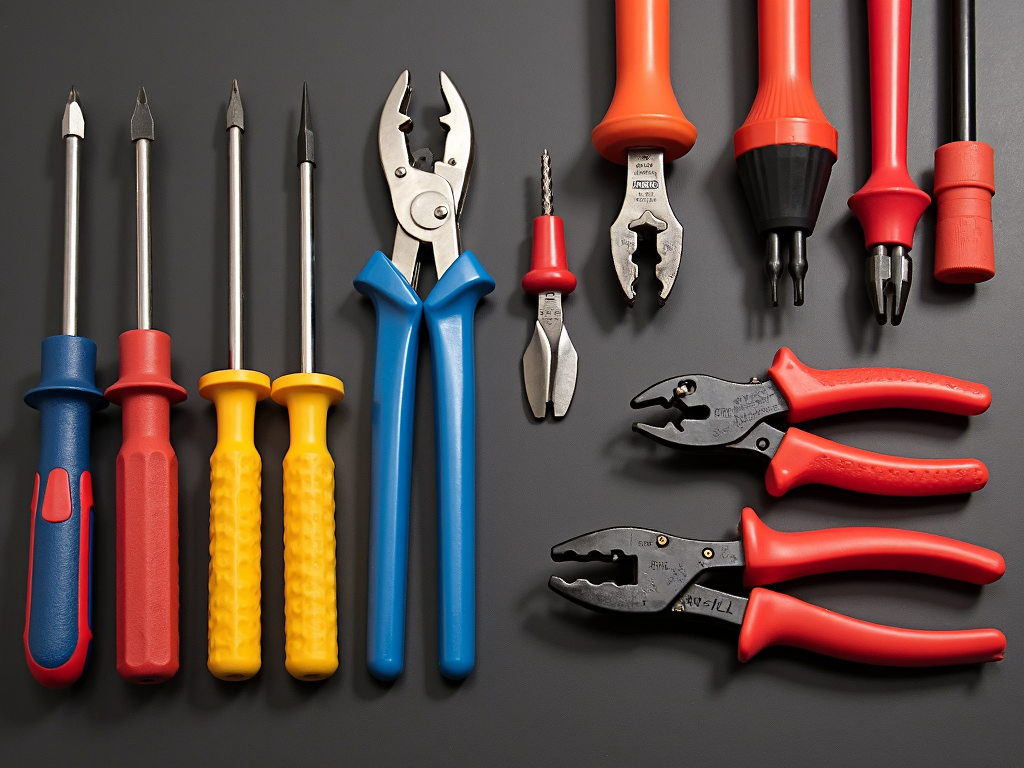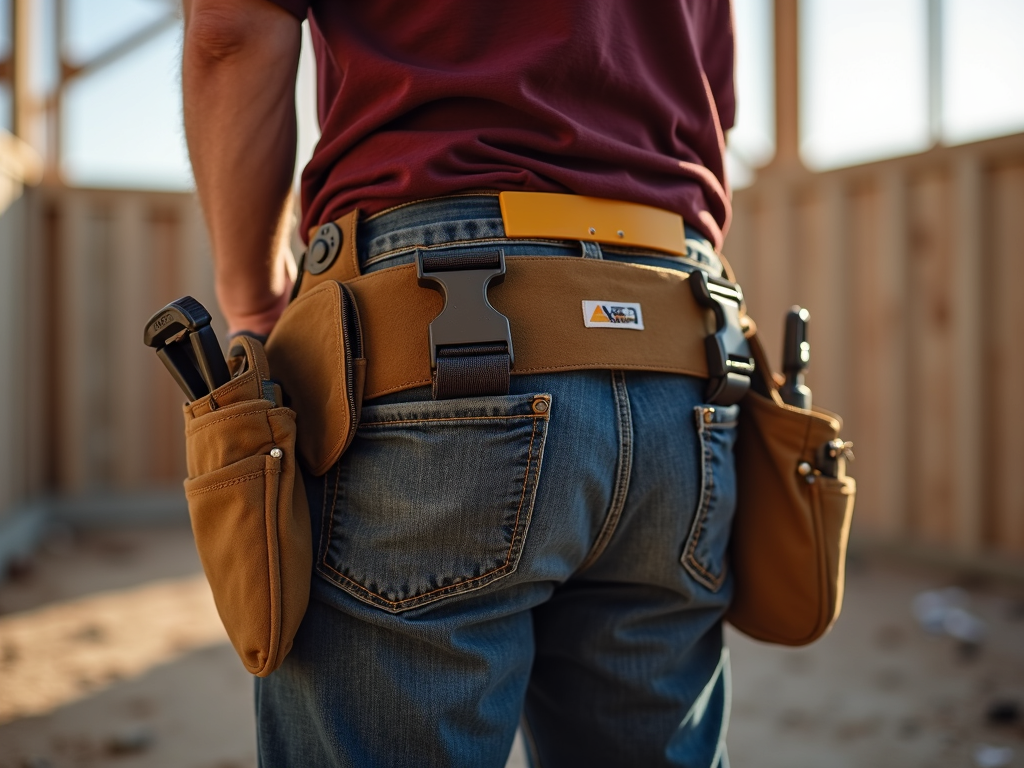Specialty hammers are essential tools for various crafts and hobbies, offering precision and control for tasks like jewelry making, leatherworking, and woodworking. Unlike standard hammers, these tools are designed for specific purposes, making them indispensable for hobbyists and professionals alike. Whether you're shaping metal, texturing leather, or assembling delicate models, the right hammer can make all the difference in achieving professional results.
In this comprehensive guide, we'll explore the fascinating world of specialty hammers. From ball peen hammers to rawhide mallets, we'll delve into their unique features, applications, and how to choose the perfect hammer for your craft. We'll also share personal insights and tips to help you get the most out of these versatile tools.

Understanding Specialty Hammers
Specialty hammers are designed with specific tasks in mind, unlike their general-purpose counterparts. These hammers often feature unique head shapes, materials, or handle designs to optimize them for particular crafts or hobbies. The right hammer can significantly improve your efficiency, precision, and the quality of your work.
For instance, in jewelry making, a chasing hammer's flat face is perfect for striking punches and chisels, while its rounded end is ideal for shaping and texturing metal. Similarly, in leatherworking, a rawhide mallet provides the necessary force without damaging the material. Understanding these differences is crucial for selecting the right tool for your project.
Personal Insight: When I first started jewelry making, I used a standard claw hammer for everything. It wasn't until I invested in a proper chasing hammer that I realized how much easier and more precise my work could be. The difference was night and day—my pieces looked more professional, and I could achieve textures and shapes that were impossible with a regular hammer.
Types of Specialty Hammers
Let's explore some of the most common specialty hammers used in crafts and hobbies:
1. Ball Peen Hammer
-
Description: Features a flat face on one end and a rounded, ball-shaped peen on the other.
-
Uses: Ideal for metalworking, especially for shaping, riveting, and striking punches and chisels.
-
Why It's Special: The ball end allows for controlled shaping and texturing of metal without leaving sharp marks.
Personal Insight: I remember using a ball peen hammer to create a hammered texture on a copper bracelet. The ball end allowed me to create a uniform pattern that added depth and interest to the piece. It was a simple technique that elevated the entire design.
2. Chasing Hammer
-
Description: Has a large, flat face on one side and a ball peen on the other.
-
Uses: Primarily used in jewelry making for flattening wire, striking punches, and texturing metal.
-
Why It's Special: The large face provides a broad striking surface, reducing the risk of marring the metal.
Tip: When using a chasing hammer, always ensure your work surface is stable and secure. A sturdy anvil or bench block will help you achieve cleaner, more precise strikes.
3. Rawhide Mallet
-
Description: Made from rolled rawhide, often with a wooden handle.
-
Uses: Perfect for leatherworking, assembling furniture, and any task where you need force without damaging the material.
-
Why It's Special: The soft rawhide head absorbs impact, preventing scratches or dents on delicate surfaces.
Personal Insight: In my leatherworking projects, a rawhide mallet has been indispensable. Whether I'm setting snaps or shaping leather, it provides the necessary force without leaving marks. It's gentle yet effective—a must-have for any leather crafter.
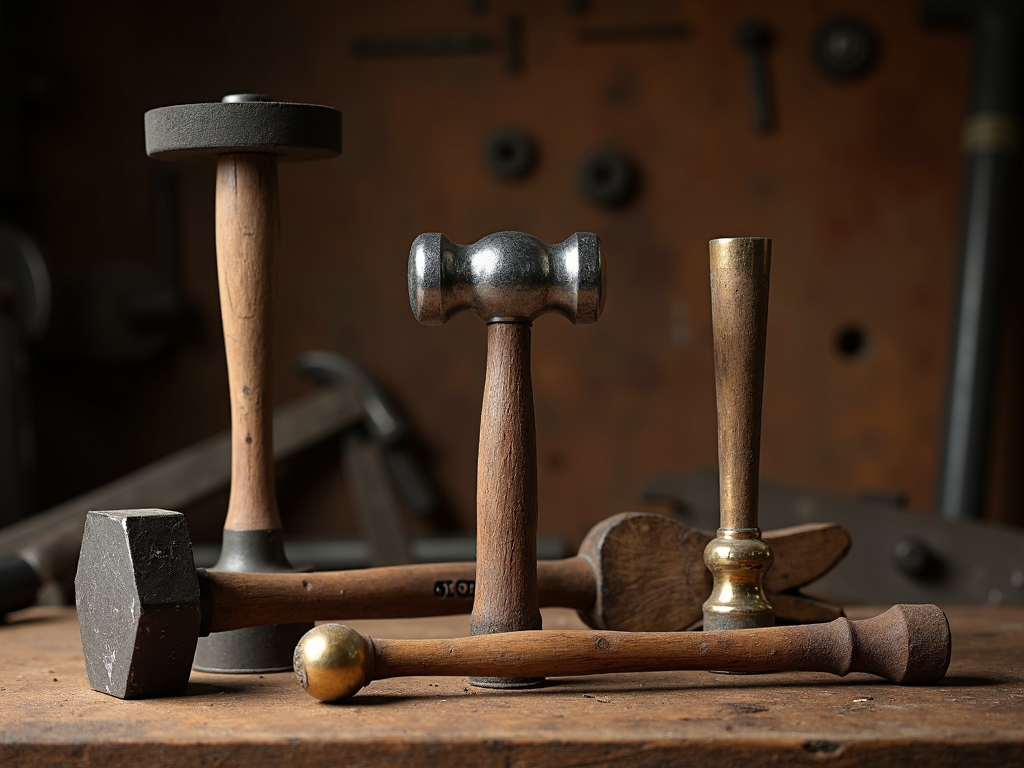
4. Brass Hammer
-
Description: Features a head made of brass, often with a wooden or fiberglass handle.
-
Uses: Used in metalworking and jewelry making for tasks that require a softer blow than steel hammers.
-
Why It's Special: Brass is softer than steel, reducing the risk of damaging workpieces or tools.
Tip: A brass hammer is excellent for adjusting metal stamps or aligning parts without causing deformation. It's also less likely to spark, making it safer for certain environments.
5. Dead Blow Hammer
-
Description: Filled with shot or sand to reduce rebound.
-
Uses: Ideal for assembling parts, driving dowels, and any task where minimal rebound is desired.
-
Why It's Special: The internal filling absorbs shock, delivering more energy to the strike and reducing bounce-back.
Personal Insight: I once used a dead blow hammer to assemble a wooden model ship. The controlled strikes made it easy to fit the pieces together without damaging the delicate wood. It was a game-changer for precision work.
Choosing the Right Hammer for Your Craft
Selecting the appropriate specialty hammer depends on several factors:
-
Material: Consider the material you're working with. For metal, a ball peen or chasing hammer is ideal. For leather or wood, a rawhide or dead blow hammer might be better.
-
Task: Think about the specific task. Are you shaping, texturing, assembling, or striking tools? Each task may require a different hammer.
-
Size and Weight: Choose a hammer that feels comfortable in your hand. A hammer that's too heavy can cause fatigue, while one that's too light may not provide enough force.
-
Handle Material: Handles can be made of wood, fiberglass, or metal. Wood offers a classic feel, fiberglass is durable and shock-absorbing, and metal provides strength.
Tip: If possible, try holding different hammers before purchasing. The right hammer should feel balanced and comfortable in your grip.
Caring for Your Specialty Hammers
Proper care ensures your hammers last for years:
-
Cleaning: Wipe down hammers after use to remove dirt and debris. For metal hammers, occasional polishing can prevent rust.
-
Storage: Store hammers in a dry place to prevent moisture damage. Hanging them on a pegboard or keeping them in a toolbox works well.
-
Handle Maintenance: Check wooden handles for cracks or splinters. Sand them smooth if necessary. For fiberglass handles, inspect for any signs of wear.
-
Head Care: For rawhide mallets, condition the rawhide periodically to prevent drying out. For metal hammers, ensure the head is securely attached to the handle.
Personal Insight: I've found that taking a few minutes to clean and inspect my hammers after each project pays off. It not only keeps them in good condition but also ensures they're ready for the next use.
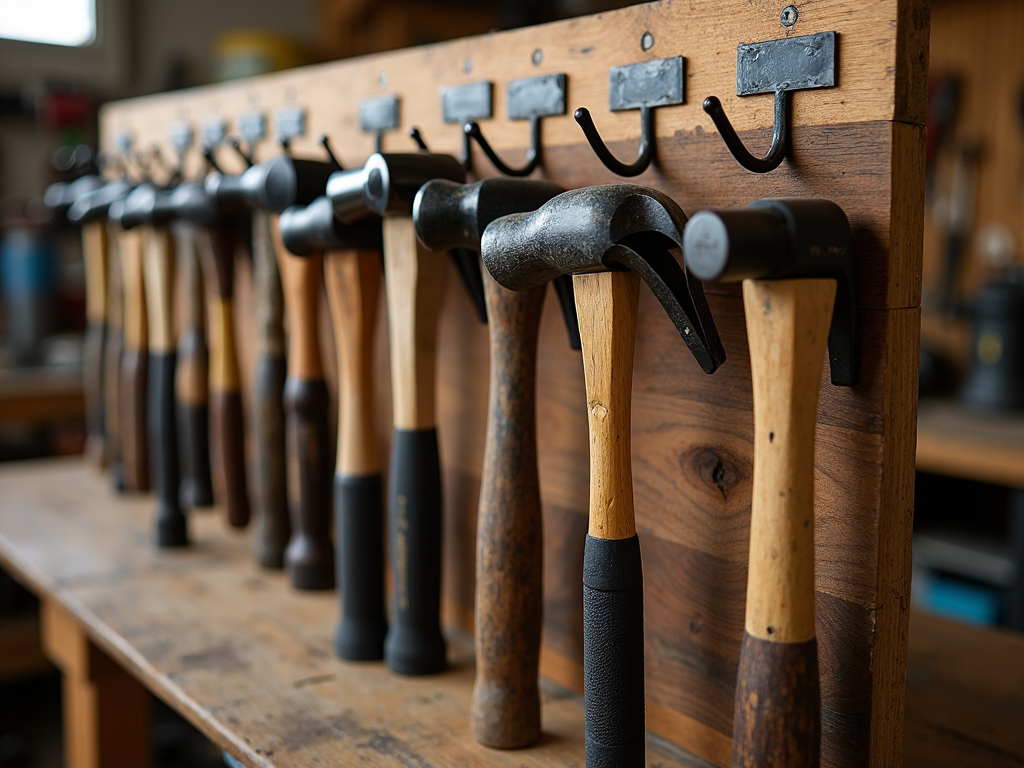
Comparison Table: Specialty Hammers
| Hammer Type | Primary Use | Material | Price Range |
|-------------|-------------|----------|-------------|
| Ball Peen Hammer | Metalworking | Steel | $10 - $50 |
| Chasing Hammer | Jewelry Making | Steel | $15 - $40 |
| Rawhide Mallet | Leatherworking | Rawhide | $20 - $60 |
| Brass Hammer | Metalworking | Brass | $15 - $45 |
| Dead Blow Hammer | Assembly | Plastic/Rubber | $10 - $30 |
This table provides a quick reference for comparing different specialty hammers. Keep in mind that prices can vary based on brand, quality, and size.
Conclusion
Specialty hammers are invaluable tools for crafts and hobbies, offering precision, control, and versatility. By understanding the different types and their uses, you can select the perfect hammer for your projects, whether you're a seasoned professional or a passionate hobbyist. Remember to care for your hammers properly to ensure they serve you well for years to come.
Incorporating the right specialty hammer into your toolkit can elevate your craftsmanship, making your work more efficient and enjoyable. So, next time you're starting a new project, consider which hammer will best suit your needs—your finished piece will thank you.
Related specialty hammers for crafts and hobbies:
- Safety First: Protecting Yourself in the Workshop
- DIY Workshop Safety Tips for Every Hobbyist: A Comprehensive Guide
- How to Prep Your Room for Painting: A Comprehensive Guide
- Essential Workman Tools for Metalworking: A Comprehensive Guide
- Top Workman Tools for Electricians: Must-Haves for Every Job
- Advanced Tool Maintenance Techniques: Ensuring Longevity and Efficiency
- How to Choose the Right Power Drill for Your Project
- The Ultimate Guide to the Best Wrench Sets for Construction Workers
- DIY Workshop Organization: Budget-Friendly Solutions for a Clutter-Free Workspace
- Essential Safety Gear for Electricians
- The Importance of Workplace Safety and Ergonomics
- Essential Workman Tools for Plumbing: A Complete Guide
